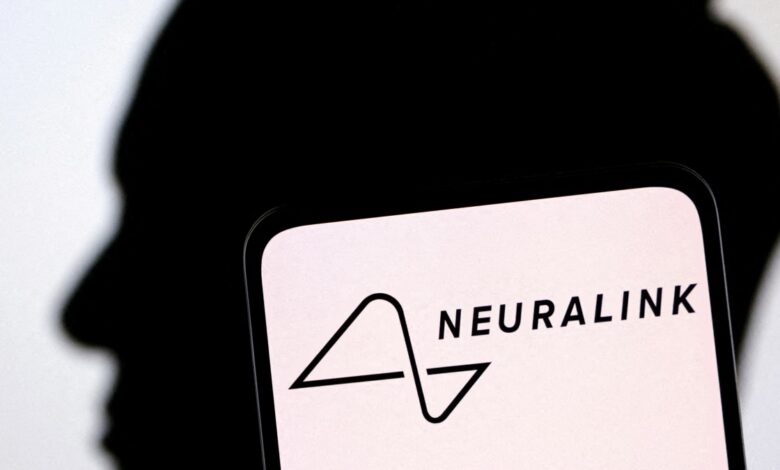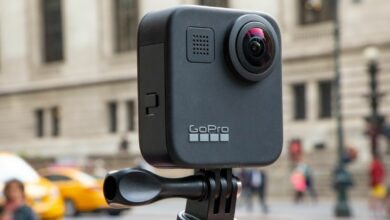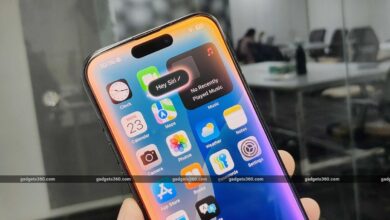Elon Musk’s Neuralink says second brain device implant ‘went well’

Neuralink Corp., Elon Musk’s brain-computer company, said the surgery for its second human implant “went well” and the patient can now design 3D objects and play video games such as Counter-Strike 2.
The procedure also appears to have solved a problem that plagued the first patient, Noland Arbaugh, who faced the unexpected complication of the electrode wires becoming dislodged from his brain.
“To reduce the chance of wire retraction in our second participant, we implemented a number of measures, including reducing brain motion during surgery and reducing the gap between the implant and the surface of the brain,” the company said in a press release. blog post.
In Arbaugh’s case, Neuralink made post-operative software adjustments that also resolved the problem.
The company said it was working on new capabilities for its brain interface device, called Link, which now allows patients to control cursors on screens and digital devices one click at a time. In the future, the company said, Link could decode multiple simultaneous movement intentions and recognize handwriting intentions to help patients write faster.
“These capabilities would not only help restore digital autonomy to people who cannot use their limbs, but also restore the ability to communicate to people who cannot speak, such as people with neurological disorders,” Neuralink wrote.
For now, the Link device is designed for patients with quadriplegia and other conditions that severely limit movement. Musk has said that Neuralink implants could eventually augment abilities in healthy people, such as helping them recall memories.
The blog post gave the patient’s first name, Alex, and identified him as a former auto technician who suffered a spinal cord injury. He left the hospital, the Barrow Neurological Institute in Phoenix, a day after surgery. Alex can now use computer-aided design software to design a custom cradle for his Neuralink charger, the company said.
Musk has said he hopes to have the device in multiple patients by the end of the year. Participants are part of Neuralink’s Prime study, a research study of medical devices.
© 2024 Bloomberg LP
(This story has not been edited by NDTV staff and is auto-generated from a syndicated feed.)




